Distance du laser est une technique puissante qui permet de mesurer la distance avec précision et en temps réel. détection en utilisant la lumière. Dans ce tutoriel, vous apprendrez à créer votre premier laser bricolé. mesureur de distance robot utilisant Arduino - parfait pour les débutants en robotique, en automatisation ou en projets IoT.
Que vous soyez étudiant, amateur ou ingénieur, ce projet pratique vous aidera à explorer le laser. Mesure de la distance avec Arduino à l'aide d'un capteur fiable et économique.
🔍 Qu'est-ce que la mesure de distance par laser ?
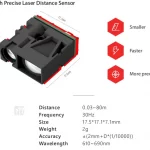
La mesure de distance au laser consiste à calculer la distance exacte d'un objet à l'aide d'un faisceau laser. La méthode est basée soit sur la mesure du déphasage, soit sur la mesure de l'angle d'inclinaison. temps de vol (ToF). Elle est largement utilisée dans l'automatisation industrielle et la robotique intelligente, construction les outils et l'électronique grand public.
Combinée à Arduino, cette technologie devient accessible et facile à mettre en œuvre pour des projets à petite échelle ou de prototypage.
📦 Composants nécessaires
| Composant | Description |
|---|
| Arduino Uno (ou Nano) | Le contrôleur principal |
| Meskernel Capteur LDJ-200 | Laser capteur de distance module (portée de 0,03 à 200 m) |
| Pilote de moteur (L298N ou similaire) | Contrôle les moteurs à courant continu |
| Capteur à ultrasons (en option) | À titre de comparaison ou de repli |
| Châssis avec roues et moteurs | Base pour le robot |
| Batteries 18650 + support | Source d'alimentation |
| Fils de connexion et planche à pain | Pour le prototypage |
🔗 Découvrez le module de mesure de la portée laser LDJ-200
🛠️ Câblage du module de mesure de la distance par laser
La connexion du capteur laser LDJ-200 à votre Arduino est simple. Il prend en charge UART et I²C, ce qui permet une intégration souple avec les systèmes d'information de l'entreprise. microcontrôleurs. Veiller à ce que le câblage soit correct :
- VCC → 5V
- GND → GND
- TX/RX → Arduino RX/TX (si UART)
🧠 Exemple de code Arduino
Voici un sketch basique pour lire la distance du LDJ-200 en utilisant l'UART :
#include
SoftwareSerial laserSerial(10, 11) ; // RX, TX
void setup() {
Serial.begin(9600) ;
laserSerial.begin(9600) ;
}
void loop() {
if (laserSerial.available()) {
int distance = laserSerial.parseInt() ;
Serial.print("Distance : ") ;
Serial.print(distance) ;
Serial.println(" mm ") ;
}
delay(200) ;
}
🤖 Vue d'ensemble de la logique robotique
Le robot de mesure de la distance par laser :
- Mesurer en permanence la distance à parcourir.
- Détecter les obstacles en deçà d'un certain seuil.
- Ajustez la direction du moteur pour éviter les collisions.
- Il est possible d'afficher les données sur un moniteur série ou un écran OLED.
🌐 Applications dans le monde réel
- Robots mobiles autonomes (AMR)
- Navigation à vide intelligente
- Surveillance de la distance dans l'industrie
- Détection d'objets dans les drones ou AGV
🧩 Pourquoi utiliser la mesure de distance par TOF plutôt que par ultrasons ?
| Fonctionnalité | Capteur de distance à laser | Capteur à ultrasons |
|---|
| Précision | Haut (±1-2 mm) | Modéré |
| Gamme | Jusqu'à 200 mètres | <4 mètres |
| Largeur du faisceau | Étroite (précise) | Large |
| Bruit environnemental | Moins touché | Plus sensible |
🔗 Ressources connexes
L'utilisation d'Arduino et d'un système de détection de distance laser ouvre la voie à un large éventail de projets intelligents. En utilisant des modules fiables comme le LDJ-200, vous pouvez construire un système robotique réactif et précis pour les tâches de navigation et de mesure.
Prêt à commencer ? Procurez-vous le capteur LDJ-200 à l'adresse suivante Meskernel et commencez à construire votre premier robot laser de mesure de distance dès aujourd'hui !
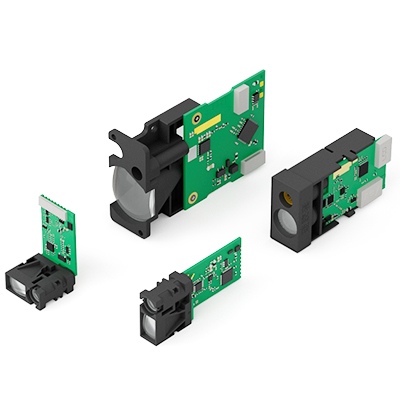 capteurs laser de phase
capteurs laser de phase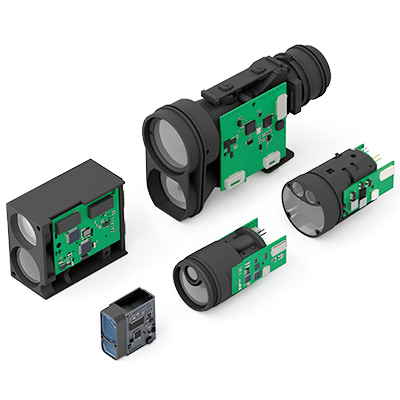
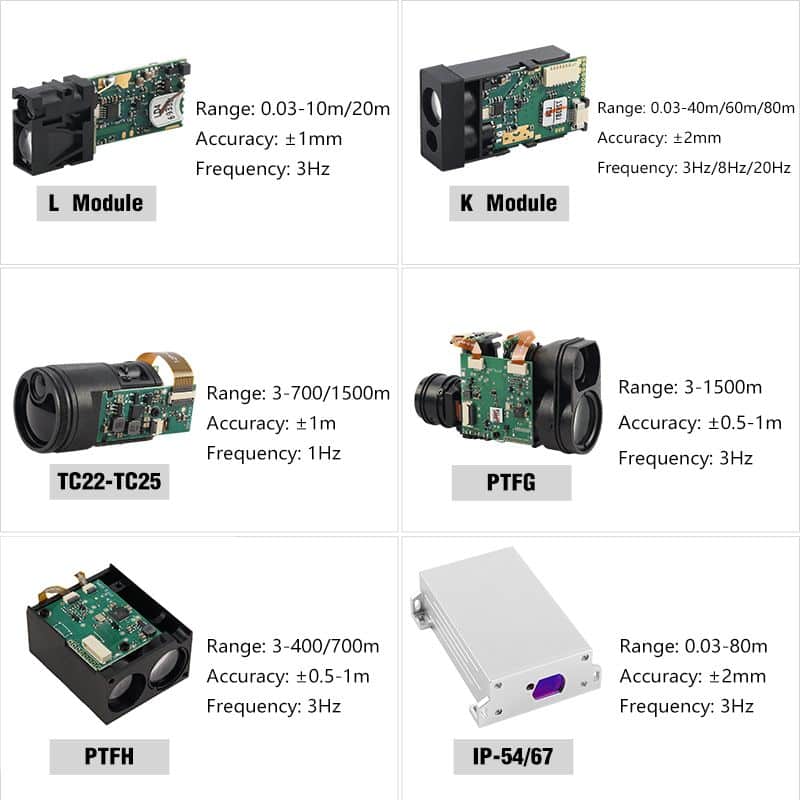 capteur de distance analogique sortie
capteur de distance analogique sortie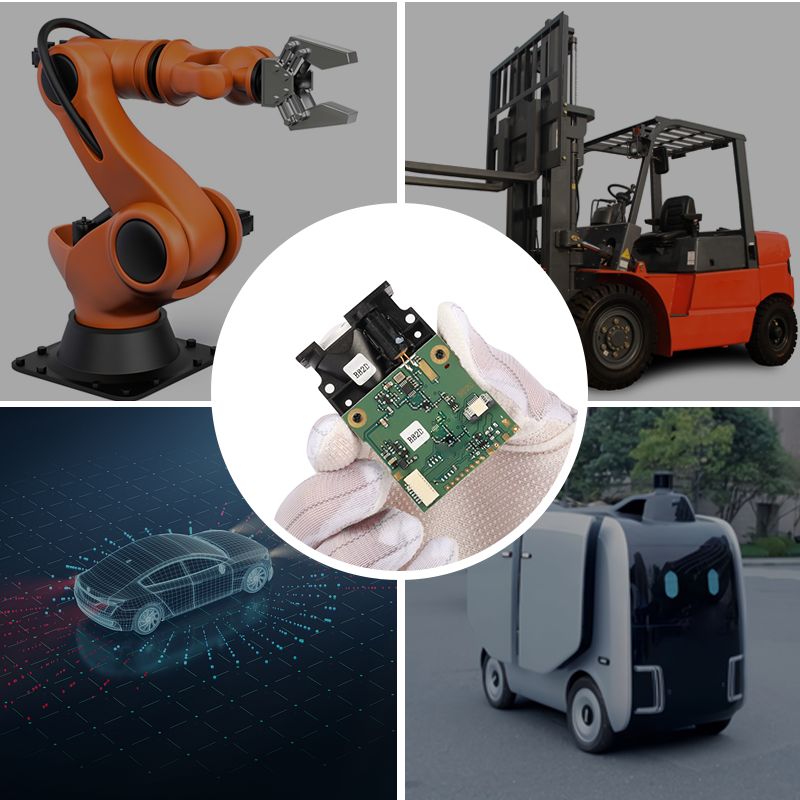 Tof Capteur de détection de distance4
Tof Capteur de détection de distance4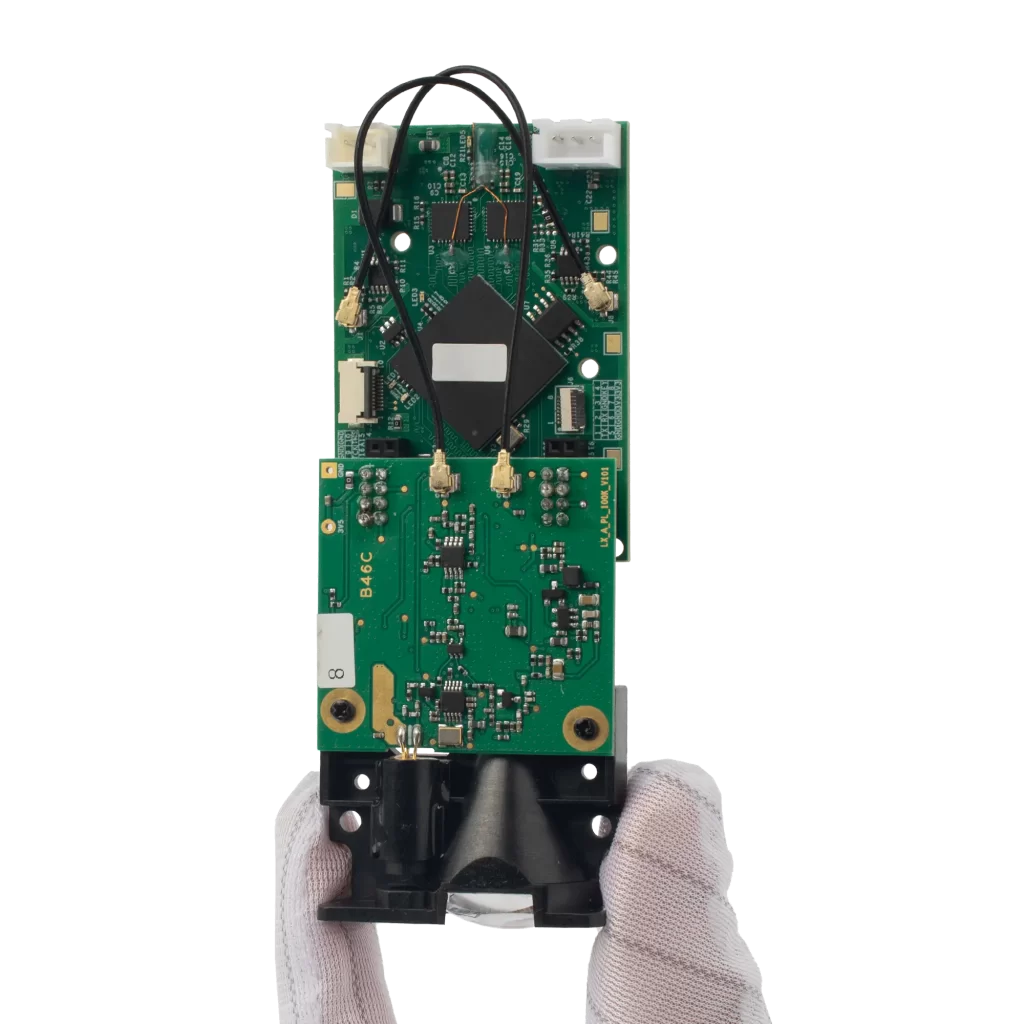
Foire aux questions (FAQ)
❓ Qu'est-ce que la mesure de distance par laser en robotique ?
Le télémètre laser en robotique implique l'utilisation de capteurs laser pour détecter l'espace entre le robot et les objets proches. Cela permet la navigation, l'évitement des obstacles et la cartographie de l'environnement.
❓ Puis-je utiliser un capteur laser de mesure de distance avec Arduino ?
Oui ! Les modules comme le Meskernel LDJ-200 sont entièrement compatibles avec Arduino via les interfaces UART ou I²C.
❓ Quels sont les meilleurs capteurs pour la mesure de distance par laser avec Arduino ?
Parmi les options fiables, on peut citer
Meskernel LDJ-200 - jusqu'à 200 m de portée
VL53L0X/VL53L1X - courte portée (jusqu'à 4m)
TF-Luna - économique et compact
❓ Le détecteur de distance laser peut-il être utilisé à l'intérieur ?
Oui, la plupart Détecteurs de distance à laser fonctionnent à des niveaux de sécurité oculaire de classe 1, ce qui les rend adaptés aux projets d'intérieur et aux projets éducatifs.